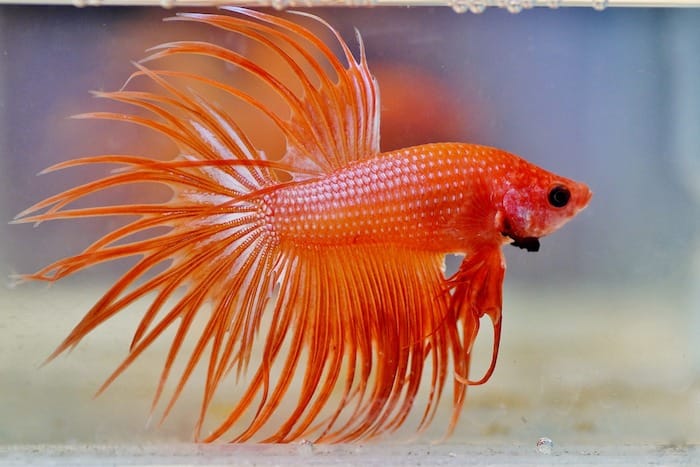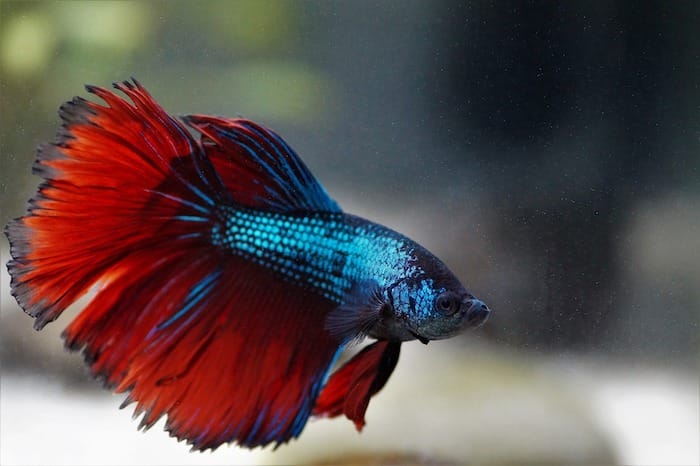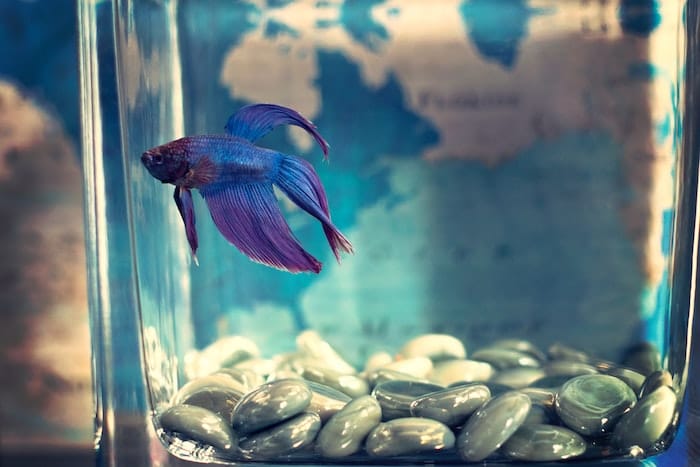The male Betta fish, also known as Siamese Fighting Fish, is a captivating and vibrant aquatic creature that has become a popular choice among fish enthusiasts. Their striking colors, long flowing fins, and unique personalities make them a favorite among hobbyists. In this comprehensive guide, we will explore the fascinating world of male Betta fish, covering everything from their natural habitat to proper care and breeding.

Distinctive Features
One of the most remarkable features of male Betta fish is their vibrant and diverse coloration. These fish come in a wide array of colors, including shades of red, blue, green, and even metallic hues. Their long and flowing fins add to their beauty, creating a stunning display of elegance as they gracefully swim through the water.
Interestingly, male Bettas are known for their territorial nature, especially when in the presence of other males. This aggression is why they are often referred to as Siamese Fighting Fish. In the wild, males engage in fierce battles to establish dominance and secure territory. However, it’s crucial to note that while they may be territorial, male betta fish can coexist with other peaceful tank mates in a well-planned aquarium setup.
Origins and Habitat
The Betta fish, native to the rice paddies of Southeast Asia, has a rich history and cultural significance. Initially found in countries like Thailand, Cambodia, and Vietnam, these fish inhabit slow-moving waters, such as rice paddies, ponds, and even drainage ditches. In the wild, Betta fish are accustomed to living in warm and shallow waters, which should be considered when creating their optimal home in captivity.
Setting Up the Ideal Environment
Creating a suitable habitat is essential for the well-being of male Betta fish. A minimum tank size of 5 gallons is recommended, providing enough space for swimming and establishing territories. The water temperature should be maintained between 76-82°F (24-28°C), and a gentle filter with low flow is recommended to simulate their natural environment.
Live or silk plants, as well as hiding spots like caves and decorations, should be added to the tank to mimic their native habitat and offer them places to explore and seek refuge. It’s important to note that Betta fish are labyrinth breathers, meaning they can breathe air directly from the surface. Providing access to the water’s surface for breathing is crucial, so avoid overcrowding the water with floating plants.

Diet and Feeding
A well-balanced diet is vital for the health and vibrancy of male Betta fish. High-quality Betta pellets, flakes, or frozen foods such as brine shrimp and bloodworms are suitable choices. It’s advisable to feed them small portions a couple of times a day, ensuring that they consume all the food within a few minutes to prevent overfeeding.
Overfeeding can lead to health issues and water quality problems, so it’s crucial to strike a balance. Additionally, some Betta enthusiasts enjoy offering live food occasionally, such as small insects or daphnia, to add variety to their diet.
Health and Disease Prevention
Maintaining a clean and well-filtered aquarium is key to preventing diseases and ensuring the overall health of male Betta fish. Regular water changes, typically 25-30% every week, help to remove toxins and maintain optimal water quality. Testing the water regularly for parameters like pH, ammonia, nitrite, and nitrate levels is essential to catch any imbalances promptly.
Male Betta fish are susceptible to diseases like fin rot, ich, and velvet. Observing their behavior, and appetite, and inspecting their fins for any signs of discoloration or abnormalities can help detect early signs of illness. Quarantining new additions to the aquarium before introducing them to existing tank mates is a good practice to prevent the spread of diseases.

Breeding Betta Fish
For those interested in taking their Betta hobby to the next level, breeding can be a rewarding experience. Breeding Betta fish requires careful planning, as well as providing the right conditions and environment for successful reproduction. It’s recommended to start with a healthy pair of Betta fish and set up a separate breeding tank.
The male and female should be introduced to the breeding tank, ideally divided to allow the male to build a bubble nest. Once the bubble nest is constructed, the female can be released, and the pair will engage in a courtship display. After successful mating, the female should be removed to prevent aggression from the male, who will then tend to the nest and care for the eggs.
Conclusion
The male Betta fish is a fascinating and enchanting aquatic companion that brings beauty and vibrancy to any aquarium. Understanding their natural habitat, providing an ideal environment, and offering proper care are essential for their well-being. With the right knowledge and commitment, enthusiasts can create a thriving and harmonious community of Betta fish, appreciating the unique charm and personality of these captivating creatures.
